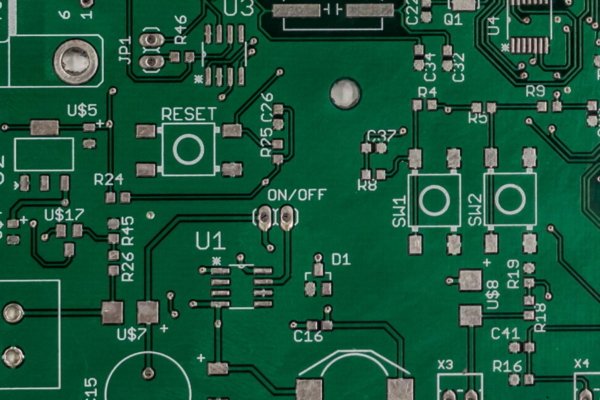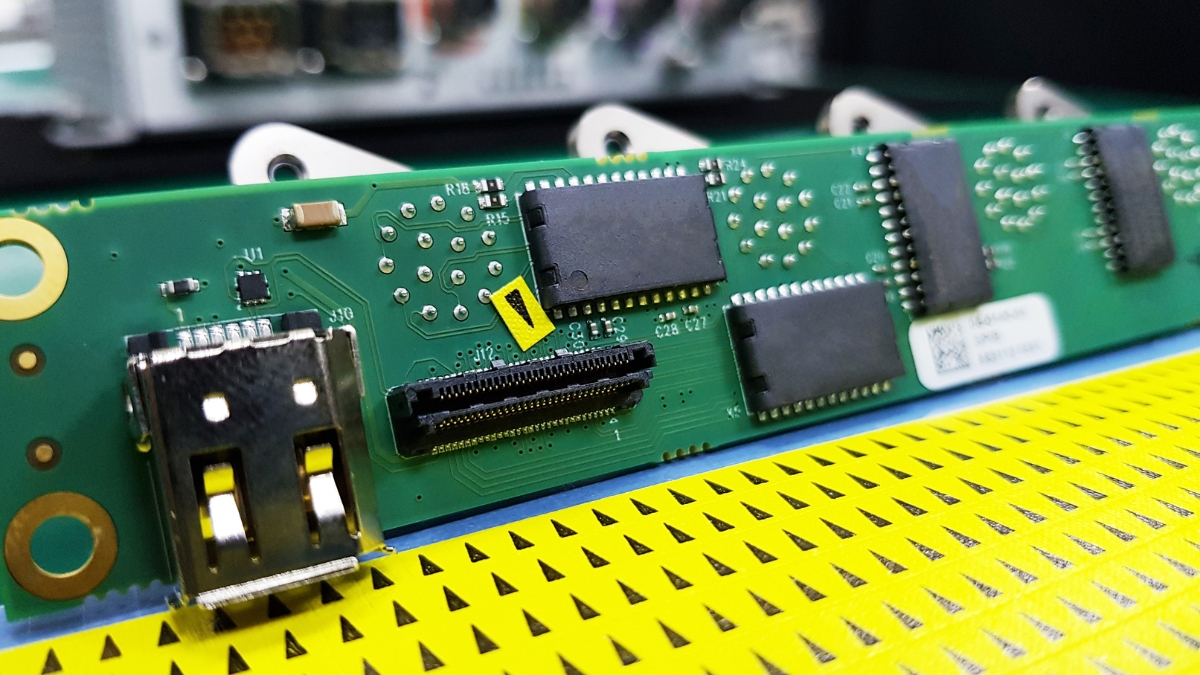What is Center to Center Spacing
Center to center spacing is the distance between the centers of two adjacent components on a circuit board. This measurement ensures proper functionality and reliability of the PCB assembly. By maintaining an appropriate spacing between components, potential faults such as solder bridging can be prevented. Solder bridging occurs when the solder between adjacent components forms unintended connections, leading to short circuits and malfunctioning of the circuit.
Center to center spacing also facilitates manual soldering and rework. Sufficient spacing between components allows for easier access and soldering during the assembly process. It also enables the removal and replacement of individual components without causing damage to neighboring ones during rework or repairs.
The specific spacing requirements may vary depending on the application and the type of components being used. Generally, larger center to center spacing is preferred as it ensures better quality and ease of assembly. However, in cases where a small form factor is required, careful consideration must be given to the design and layout of the PCB to maintain the necessary electrical and mechanical clearance while achieving the desired spacing.





